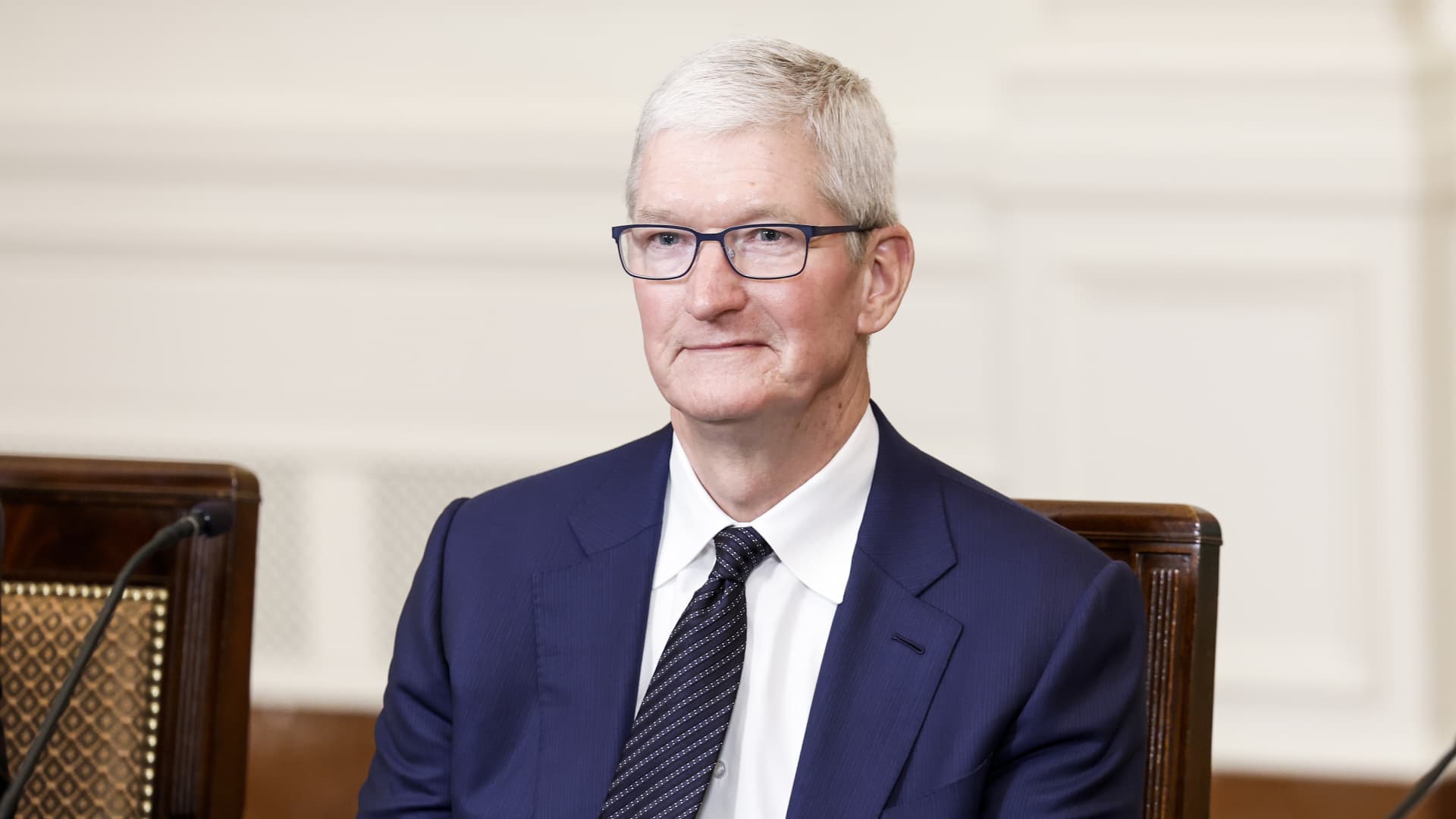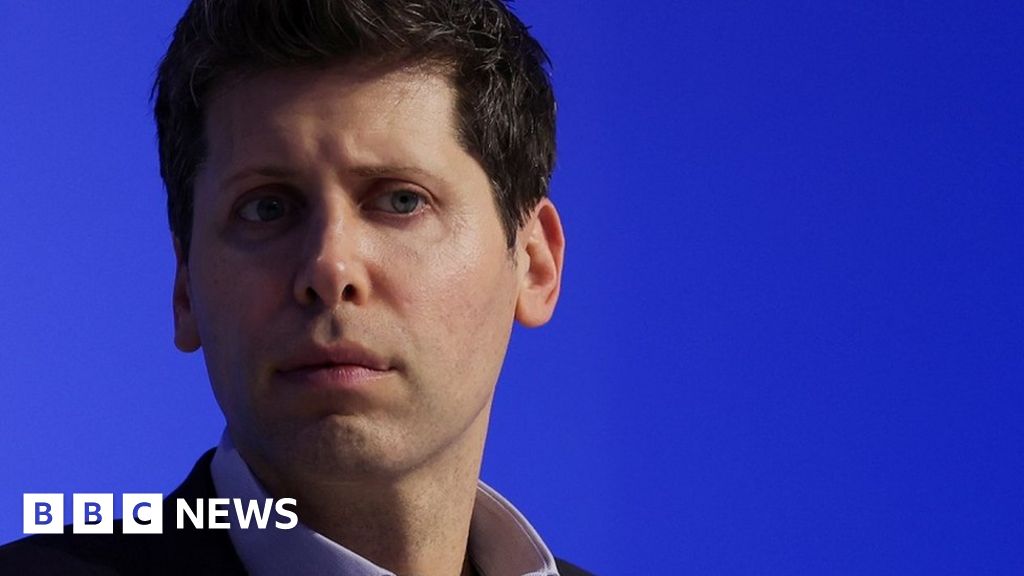The WAGs Of TikTok Want To Show What Their Lives Are Really Like
Athletes’ love lives have been a national obsession for basically as long as we’ve had professional athletes: Marilyn Monroe and Joe DiMaggio’s relationship was big news in the ’50s, for example. Then and for a long time afterward, our interest was usually focused on pairings like these in which an established celebrity shacked up with a sports icon and their combined star power made it impossible to look away.
Then came the 2006 World Cup, which brought Team England to the quiet spa town of Baden-Baden, Germany. This was a year after the debut of TMZ, in the burgeoning days of America’s toxic preoccupation with party girls like Lindsay Lohan and Paris Hilton — media companies were starting to understand what they could do online with celebrity gossip. The 24/7 news cycle was hungry for women to ogle and hate in equal measure, and it found them readymade in the wives and girlfriends of England’s players.
Among them were some established tabloid fixtures, most notably Victoria Beckham (married, of course, to David) and pop star Cheryl Tweedy (then engaged to Ashley Cole, a left-back for Team England). But the group also included plenty of otherwise nonfamous women. And they didn’t lay low, instead courting headlines by going on shopping sprees, dancing on tables, and generally ringleading a media circus that lasted until their partners were ousted from the tournament in the first round of the knockout stage.
This was how the rest of the world met the WAG, an acronym that had been circulating in the British press for a few years at that point. Speaking literally, a WAG is simply an athlete’s wife or girlfriend. But the WAG as seen at Baden-Baden lodged itself in the public consciousness, creating an identity indicating a particular type of woman, living a particular type of life. The prototypical WAG is young, white, thin, beautiful, and, if at all possible, blonde. She’s also shallow, vapid, and status-obsessed. She lives to drink pink wine, go to parties, and spend her husband’s money.
There was immediate backlash to the term, notably from the wives themselves: “’Don’t call me a WAG,’” Tweedy told the Standard, making sure to clarify that she didn’t need a rich husband to take care of her — her shopping sprees and clubbing were done on her own dime, thank you very much.
It didn’t matter. The lingo — and its associations — stuck. By 2010, the New York Times noted that the New Jersey Nets “may be second to last in the league in scoring and middle of the road in rebounding, but they can compete with the best in WAGs.” (One of their forwards, Kris Humphries, was dating Kim Kardashian at the time.) In 2015, E! debuted a reality show called WAGs LA, which would become the first in a Housewives-style franchise that eventually included Miami and Atlanta as well. Then, in 2019, we got the WAGatha Christie scandal: soccer WAG Coleen Rooney’s claims that fellow WAG Rebekah Vardy had been leaking details about her to the tabloids…and that she had the private Instagram posts to prove it. The story was juicy and fun, but it didn’t do much to dispel the notion that WAG life was for the fundamentally petty and catty, women who had nothing better to do than spy on each other and then tattle to the press about it.
Throughout it all, the WAGs who got the most attention were almost always either famous themselves, or partnered with extremely well-known players. If you can name an American WAG, it’s likely someone like Ayesha Curry or Brittany Mahomes — women whose husbands command multimillion-dollar contracts and endorsement deals.
But there are 15 players on every NBA roster. The NHL allows for 23, MLB takes 40, and the NFL tops out at 53. And most of those players aren’t even close to being name-brand guys. The lowest paid make the league minimum, which is still plenty of money: somewhere between $700,000 and a million dollars, depending on the sport. But that’s only if they can stay on the roster all year. Dropping down from the top level doesn’t remove them from the pros, but it can cost them substantial income. Baseball players, for instance, don’t have guaranteed contracts, which meant that if you got sent down to the minors during the 2022 season, your salary plummeted from $700,000 to $57,200.
Which still isn’t poverty wages, to be sure. But for these athletes, uncertainty about money is compounded by other kinds of uncertainty — chiefly about where you live, possible injuries, and an always-aging body. A player’s romantic partner is subject to these same pressures — the fluctuations in income, abrupt changes in living situation, and worries about the future. But she puts up with them in the service of someone else’s dream. And even if she travels fairly regularly, she spends a good portion of the year alone, which becomes especially difficult if the couple has children.
This is life for the majority of professional athletes and their wives; there are many, many more Allison Kucharczyks than there are Ayesha Curries. Perhaps not surprisingly, some of the most compelling social media content comes from women in this situation — whose husbands are living the dream, but somewhat precariously, and whose lives, as a consequence, are equal parts aspirational and relatable.







